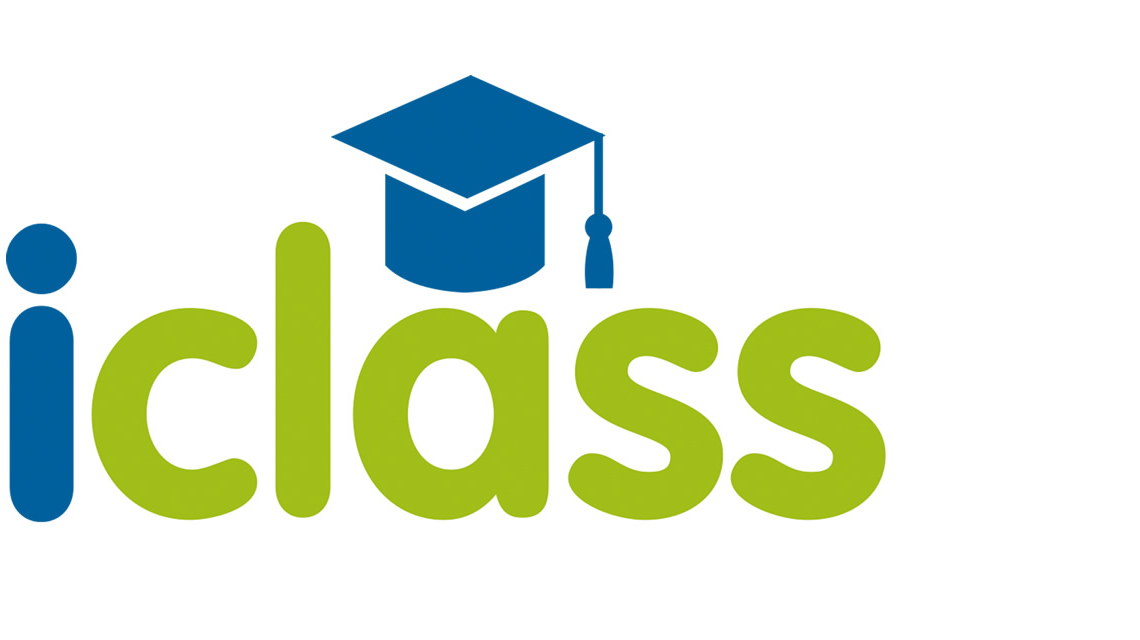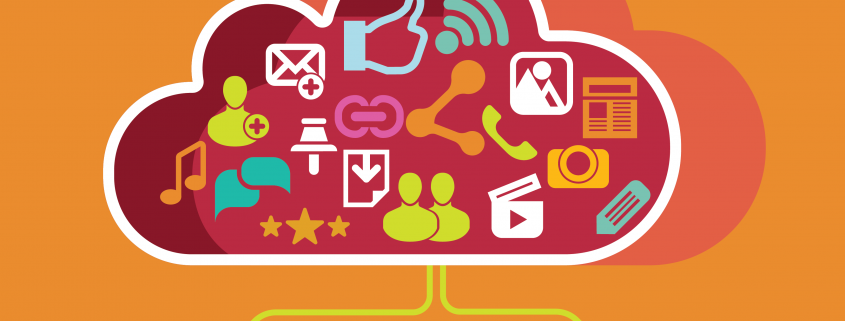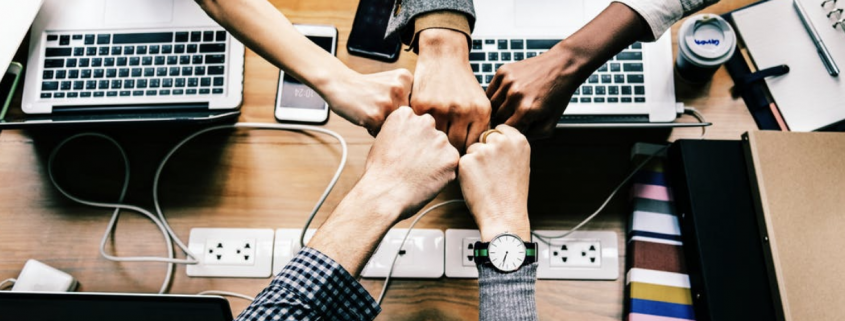Transform Your School’s Parental Communication With The iClass App!
Below are some of the main reasons we believe the iClass App is essential in day to day school life.
1. Mobile App for Parents
The iClass App will vastly improve your school’s parental communication. Eliminate SMS costs, reduce printing and engage parents with latest school news, events and free messaging. The iClass platform offers a fully integrated mobile app for parents. There is zero duplication of work and parents can be messaged using free push messaging at any time.
2. Create Forms
Easily create and publish forms for a wide range of uses. Parents can easily complete as they can be pushed out seamlessly via the mobile app and tracked on the Dashboard.
3. Manage Events
Keep on top of events, request student registration and offer payment options with our event management module. Teachers can also micro manage their own events tracking registrations etc.
4. Stay Connected
Create Forms for Consent and Surveys, Digital Permission Slips and School News Publishing to keep parents informed in real time.
In these Covid times our iClass App will provide an invaluable communication tool to drive parental engagement. The app alone provides; – Free messaging, Send files to parents, Absentee notes, News, Event, Permission Slips, Forms and more
For more information or to request a demonstration please contact us.










 UK + 442895907779
UK + 442895907779 customerservice@iclasscms.com
customerservice@iclasscms.com


